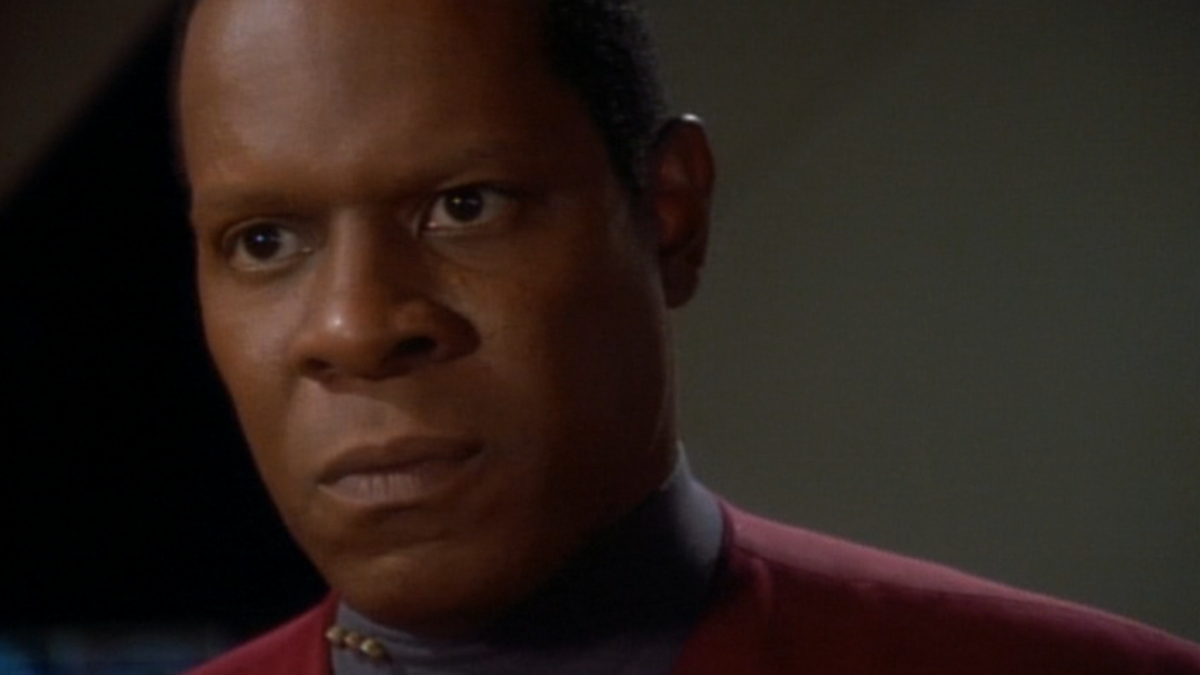The Nuanced Evolution of Star Trek: Deep Space Nine
Many enthusiasts of the Star Trek franchise tend to view various series through the lens of a critical paradox—the notion that these shows only truly excel after a certain point in their runtime. For instance, fans often claim that Star Trek: The Next Generation truly hits its stride when Commander Riker dons his iconic beard, disregarding the rich storytelling that preceded this aesthetic transformation. However, this oversimplification fails to acknowledge the depth and complexity present in the earlier seasons of these shows, a fact that has become increasingly evident in the modern era of Star Trek.
Redefining Boundaries: Challenging Perceptions Through Storytelling
While Star Trek: Deep Space Nine has been lauded as a masterful example of dark, sophisticated television within the Star Trek universe, this praise often hinges on the narrative arcs that dominate the later seasons of the series. However, upon revisitation, it becomes clear that DS9 was laying the groundwork for its intricate storytelling from its inception.
Season one of Deep Space Nine establishes a volatile political landscape on Bajor, explored through the eyes of characters like Major Kira, a former resistance fighter grappling with her conflicting loyalties. The tensions brewing in this setting reach a tipping point in season two, as the ambitious power plays of figures like Vedek Winn set the stage for internal strife and external conflict.
One pivotal storyline that exemplifies the series’ nuanced approach is “The Maquis,” which delves into the repercussions of Starfleet’s diplomatic actions on a group of colonists caught in the crossfire of shifting borders. This narrative thread challenges the utopian ideals of the Federation, depicting a darker, more complex reality where moral certainties are blurred.
Deconstructing Utopian Ideals: Starfleet Confronts Its Failures
One of the most memorable moments in Deep Space Nine occurs during a confrontation between Commander Sisko and Admiral Nechayev, where the shortcomings of Starfleet’s policies are laid bare. Sisko’s impassioned critique of the Federation’s ignorance and negligence in the face of real-world complexities serves as a stark reminder that idealism is not always sufficient in navigating the messy realities of interstellar politics.
“The Maquis” serves as a cornerstone for the themes that Deep Space Nine would later explore with the Dominion conflict, illustrating how the series consistently interrogates the moral ambiguities at the heart of the Star Trek universe. By highlighting the struggles of individuals on the fringes of society, DS9 challenges the notion of a pristine utopia, revealing the cracks and imperfections that lie beneath the surface.
Ultimately, Deep Space Nine’s early seasons demonstrate a willingness to grapple with challenging subject matter and engage with complex ethical dilemmas, laying the groundwork for the series’ enduring relevance and resonance. As fans revisit this pivotal chapter in Star Trek history, they are reminded that true storytelling mastery lies not in perfection, but in embracing the messy, imperfect truths that shape our understanding of the world.
For those eager to immerse themselves in the rich tapestry of Star Trek lore, Deep Space Nine is currently available for streaming on Paramount+.
Image/Photo credit: source url





